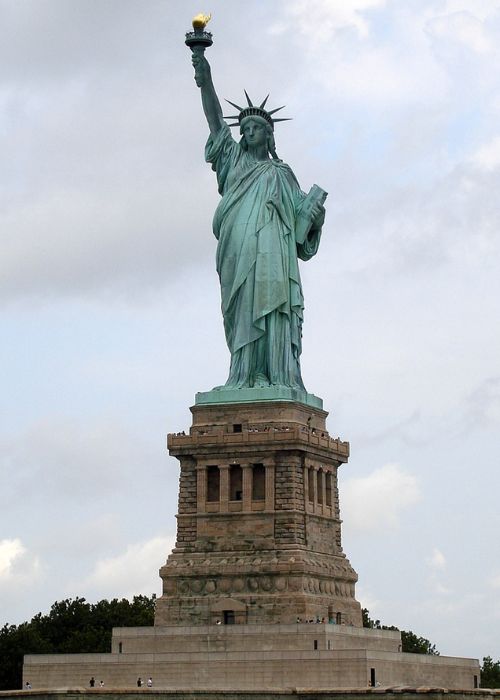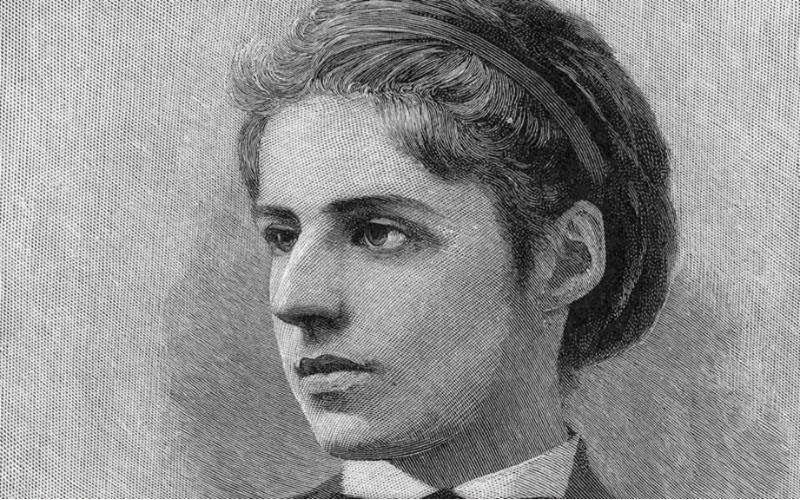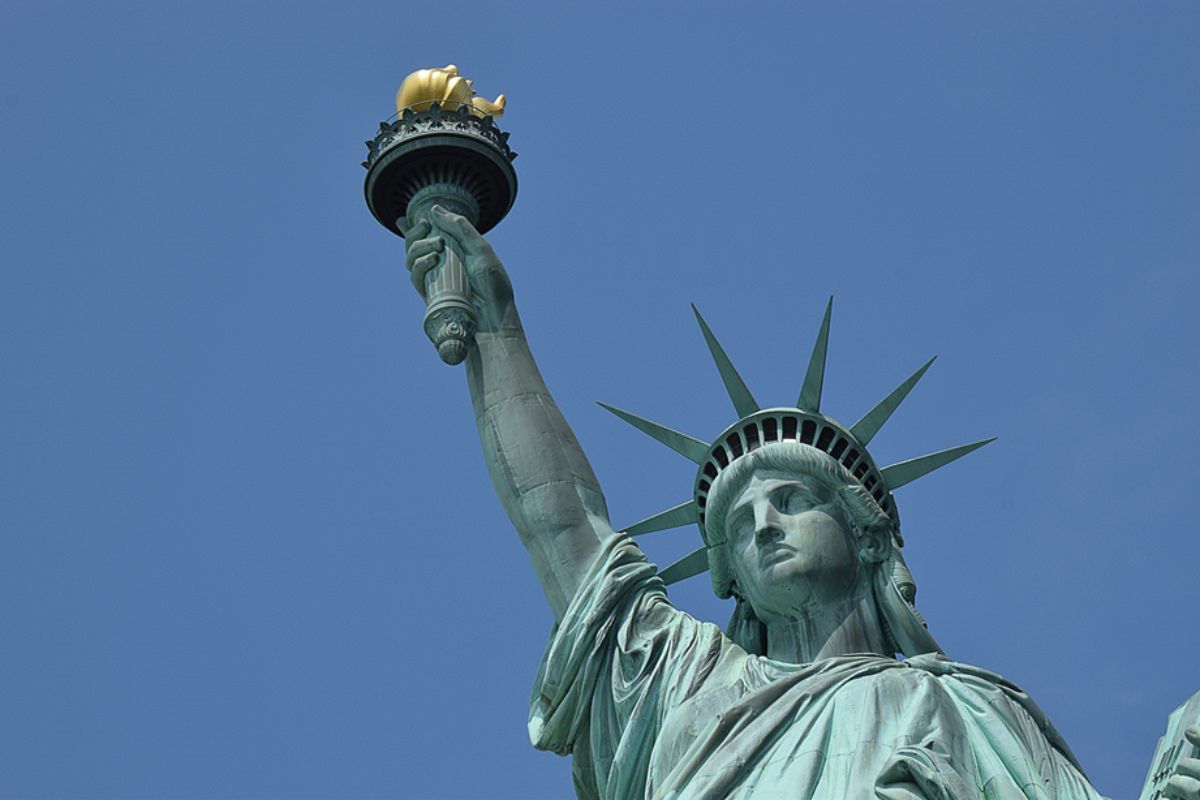The Statue of Liberty, located in New York City, is considered to be one of the most recognizable and popular monuments both in the United States and in the entire world. it was assembled by the end of the 19th century, and it has become the first and most emblematic image for New York.

In spite of the monument’s worldwide fame, some background surrounding its creation is not that popular. For instance, Jewish woman, Emma Lazarus was requested by William Maxwell Evarts to write a poem for the statue in 1883. The sonnet was supposed to be created as means to raise funds for the construction of a pedestal for the Statue of Liberty.
Initially, Lazarus refused the offer, but writer Constance Cary Harrison convinced the poet that the monument would be very significant for immigrants sailing into the harbor. Lazarus, who was then helping Jewish refugees come to New York and fled from antisemitic pogroms in Europe, decided to accept to express her empathy towards Jewish immigrants.

Finally, the poem was cast onto a bronze plaque and was mounted inside the pedestal of the Statue in 1903.
The poem reads, titled “The New Colossus”, reads:
Not like the brazen giant of Greek fame,
With conquering limbs astride from land to land;
Here at our sea-washed, sunset gates shall stand
A mighty woman with a torch, whose flame
Is the imprisoned lightning, and her name
Mother of Exiles. From her beacon-hand
Glows world-wide welcome; her mild eyes command
The air-bridged harbor that twin cities frame.
“Keep, ancient lands, your storied pomp!” cries she
With silent lips. “Give me your tired, your poor,
Your huddled masses yearning to breathe free,
The wretched refuse of your teeming shore.
Send these, the homeless, tempest-tost to me,
I lift my lamp beside the golden door!”




















